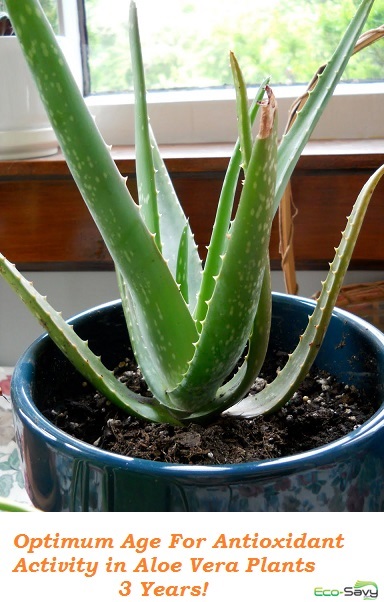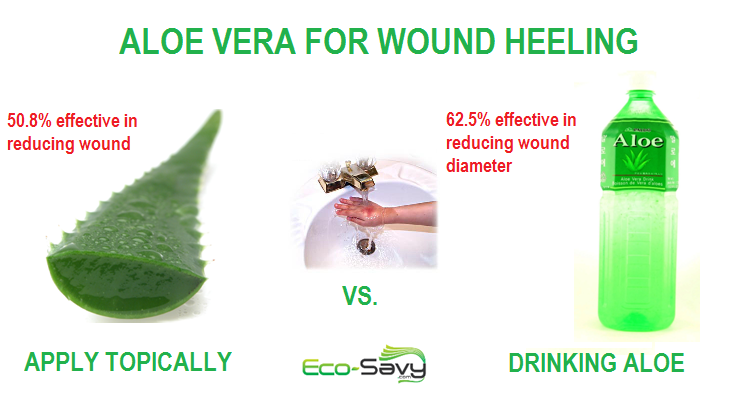We all know the importance of aloe vera in helping sooth and heal burns, but did you ever think the age of the aloe plant mattered? New research suggests that there is a peak age for these plants in terms of antioxidant health benefits.
Aloe vera contains many antioxidants which help your body fight free-radicals. Free radicals are unstable cells in your body that can lead to cancer and other harmful diseases. However, the level of antioxidants found in aloe vera can varry according to the age of the plant. One very interesting study out of China found that the older the aloe vera plant (Aloe Barbadensis), the stronger the antioxidant/free-radical scavenging activity was! Specifically, the study found that three year-old aloe vera extract exhibited the strongest radical scavenging activity of 72.19%, compared to two year old and four year old counterparts that were also tested (1).
Overall, aloe vera contains different active components and antioxidant active components to different degrees at various stages of development. So make sure to keep you aloe plant for a few years for optimal health benefits.
Reference
(1) Yun, H., Juan, X., and Qiuhui, H., 2003. Evaluation of Antioxidant Potential of Aloe Vera (Aloe barbadensis Miller) Extract. Journal of Agricultural and Food Chemistry 51 (26), 7788-7791.


